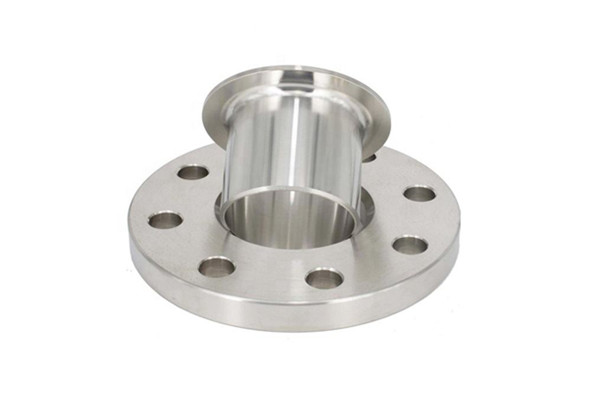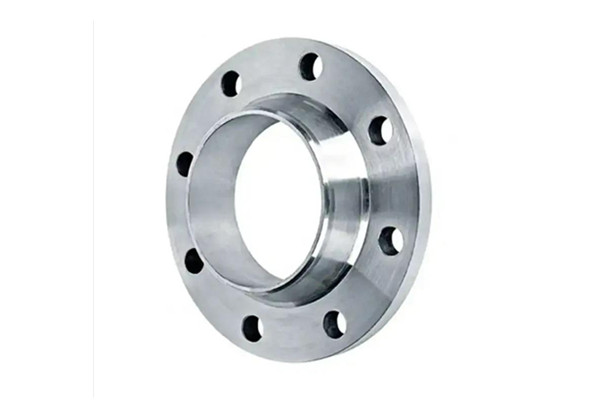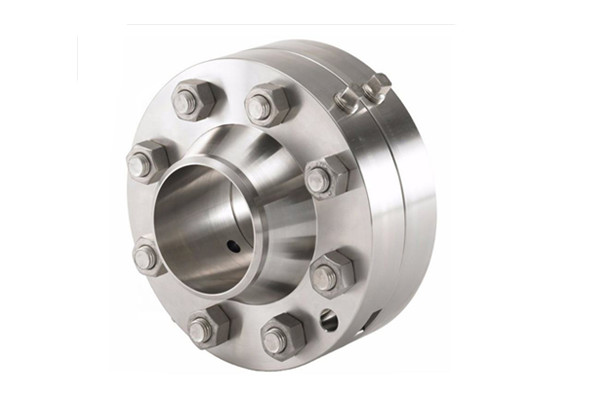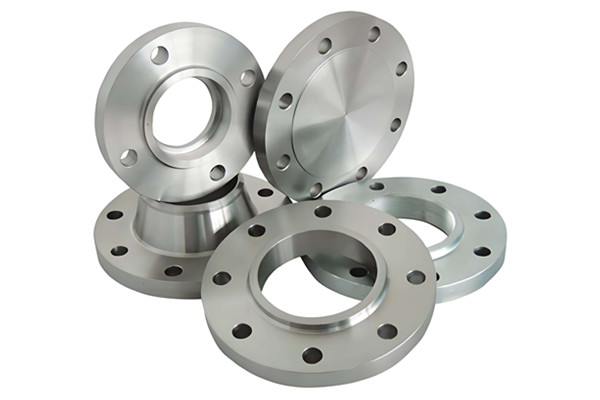Lap Joint Flanges and Rolled Angle Rings
Industrial flanges are used in various industries, including piping and structural applications. Lap joint flanges and rolled angle rings are two components that play a key role in numerous operations.
The main difference between lap joint flanges and rolled angle rings is that rolled angle rings are only suitable for butt weld configurations.
On the other hand, lap joint flanges are available in both butt weld and slip-on configurations. Unlike the backing flange on a rolled angle ring, the backing flange on a lap joint flange can rotate freely.
* Lap joint flange
1. The lap joint flange is a two-piece design with a backing flange and a rolled angle ring.
2. It is available in both butt-weld and flat-weld configurations.
3. The backing flange and the rolled angle ring are made of different materials.
4. Since the backing flange can rotate freely, it is easier to align.
* Rolled angle ring
1. The rolled angle ring is a two-piece design with a rolled angle ring and a backing flange
2. It is available in a butt-weld configuration.
3. Like the slip-on flange, the rolled angle ring and the backing flange are made of different materials
4. The backing flange cannot rotate freely in the rolled angle ring compared to the lap joint flange.
Kingrail Parts stocks flanges in a variety of sizes and specifications.
Frequently Asked Questions (FAQ)
1. What is the difference between a lap joint flange and a flat-weld flange?
The difference between a lap joint flange and a flat-weld flange lies in their design and function. Lap joint flanges consist of two parts: a stub pipe end that is welded to the pipe, and a loose flange that rotates freely around it.
In contrast, slip-on flanges are one-piece components that slip over the pipe and are welded in place, providing a simpler, more economical connection. Slip-on flanges are typically used in low-pressure applications that do not require frequent disassembly.
2. What is the difference between a swivel flange and a lap joint flange?
The difference between a swivel flange and a lap joint flange is that a swivel flange consists of two separate parts: a swivel ring flange and a welded hub or collar that attaches to the pipe.
A lap joint flange also consists of two parts, but it uses a stub pipe end instead of a welded hub, and its backing flange is loose instead of fully rotating like a swivel flange.
3. What is the difference between a lap joint flange and a box flange?
The difference between a lap joint flange and a Vanstone flange is in the manufacturing and sealing method.
4. When should a lap joint flange not be used?
Lap joint flanges are not recommended for use in high-pressure applications because this design does not provide the same strength or sealing integrity as other flanges (such as welded flanges or slip-on flanges) in high-pressure environments.
In applications where there is severe vibration or significant movement (such as in mechanical or dynamic systems), lap joint flanges may not provide the necessary sealing integrity or stability because loose flanges may shift or loosen under severe vibration.
5. How to install lap joint flanges?
Using appropriate welding methods, weld the nipple end (part of the lap joint flange) firmly to the pipe. Slip the slip-on flange over the nipple end. The slip-on flange can be rotated so that it is aligned with the bolt holes on the other side of the pipe or flange.
Position the flange so that it fits the nipple end and the bolt holes are properly aligned with the corresponding holes on the other flange.
Pass the bolts through the aligned holes of the two flanges and tighten evenly using the specified torque to ensure a secure connection.
Get more help
Kingrail Parts offers a wide range of forged flanges. If you need a forged flange, please contact us. Our flange experts will give you the best advice and a free quote.




